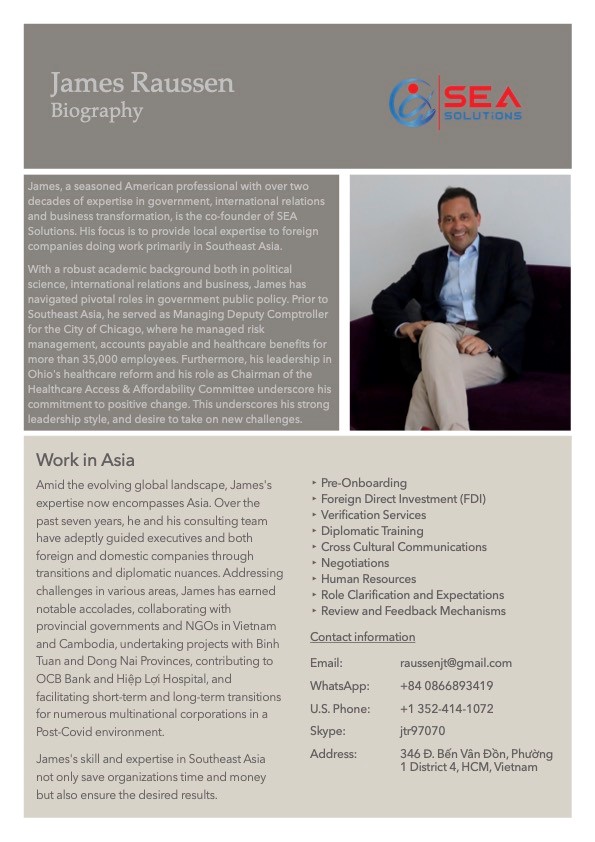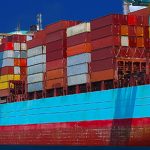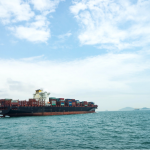Navigating Myanmar’s Maritime Challenges: Insights for International Shipping
This is a guest post by James Raussen, Eaint Hmue Htut, and Ye Yint Zaw Win.
Myanmar’s maritime landscape boasts seven major ports, each playing a vital role in the nation’s international trade. The primary gateway, the Port of Yangon, shoulders approximately 90% of Myanmar’s international maritime trade, strategically positioned at the confluence of the Yangon River, Pazundaung Creek, and Bago River.

Amidst these ports, the Myanmar International Terminal, known as Thilawa Port, stands out as the largest terminal in the country. Situated near the Thilawa Special Economic Zone, it accommodates RoRo ships and container vessels, handling diverse cargo types with cutting-edge port equipment.
Despite these advancements, Myanmar’s shipping industry has encountered significant challenges since 2020. Widespread protests and a military coup led to suspended shipping lines, causing container shipment delays and reducing imports. Logistic hurdles surfaced due to insufficient labor at shipping ports, hindering the movement of containers.
As of March 2021, container exports decreased by roughly 70%, reflecting the impact of these disruptions. Exports in Myanmar also witnessed a decline from the first to the second quarter of 2023, emphasizing the ongoing challenges faced by the shipping industry.
For international shippers engaging with Myanmar, it’s crucial to understand the diverse cargo handled at these ports. From rice and coal to metal, general cargo, and RoRo shipments, the range of goods transiting Myanmar’s ports is extensive.
In terms of vessels, a total of 23 ships, including container ships, general cargo ships, tankers, and those carrying palm oil, frequent the ports. Despite challenges, over 55% of cargo ships arrive on time, highlighting the resilience of the shipping sector amidst adversity.
However, payment problems add an additional layer of complexity. Government actions, including hoarding diesel imports, have led to power shortages, while the deepening fuel crisis and rising costs pose challenges for companies involved in the shipping industry.
To address these issues, international shipping companies must navigate the evolving landscape of Myanmar’s ports. Shifting from ocean freight to inter-modal transportation, leveraging strategic storage facilities, and understanding the intricacies of payment structures can contribute to smoother operations in this dynamic environment.
As Myanmar strives to overcome its challenges, collaboration between international shipping entities and local stakeholders becomes imperative. By adapting to the changing dynamics and supporting the resilience of Myanmar’s shipping sector, companies can navigate the complexities and contribute to the nation’s economic recovery.



This was a guest post by James Raussen, Eaint Hmue Htut, and Ye Yint Zaw Win.
Author Bios

Eaint Hmue Htut, is a year 12 student at Kings Yangon International School in Yangon. Her research and interests include Global Affairs, and Race Cars.
Ye Ying Zaw Win is also a year 12 student at Kings Yangon International School in Yangon, Myanmar. He enjoys Economics, Architecture, and an avid singer when not studying.
Both are Level A students (the UK terminology for Advanced Placement), 18 years of age, and plan on studying in the U.K. hopefully next year.





